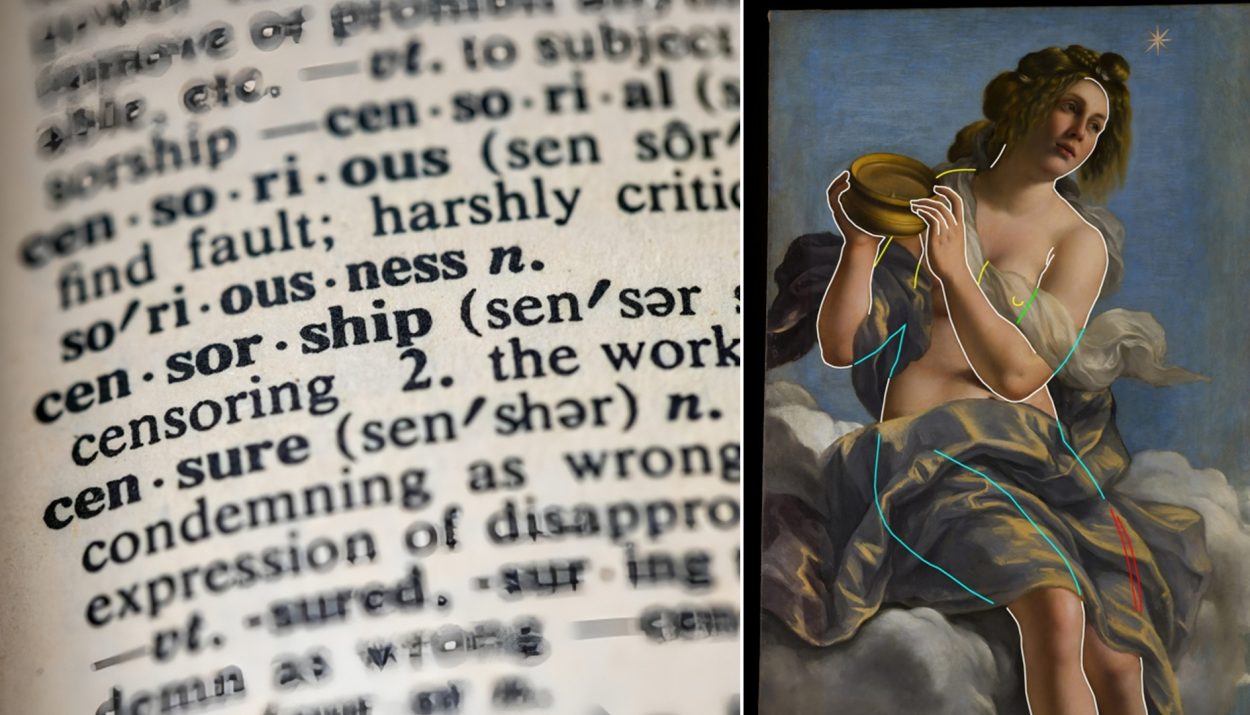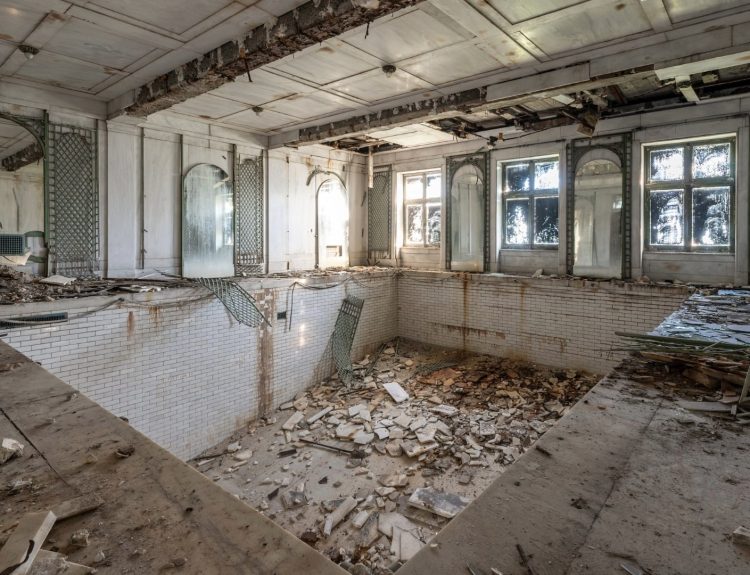Ancient art was full of men and women in the unclothed. However, not all people were okay with this and some of them were covered for modesty. Technology gives us a glimpse of how they were meant to be seen.
The World’s First Female Frontal Painting
As long as humans have had the means of recording, the human form has been a draw for artists. In this case, a female artist painted a revealing picture 400 years ago, which was covered up to ensure that certain sensibilities were not offended, especially those of women and children of the Buonarroti family.
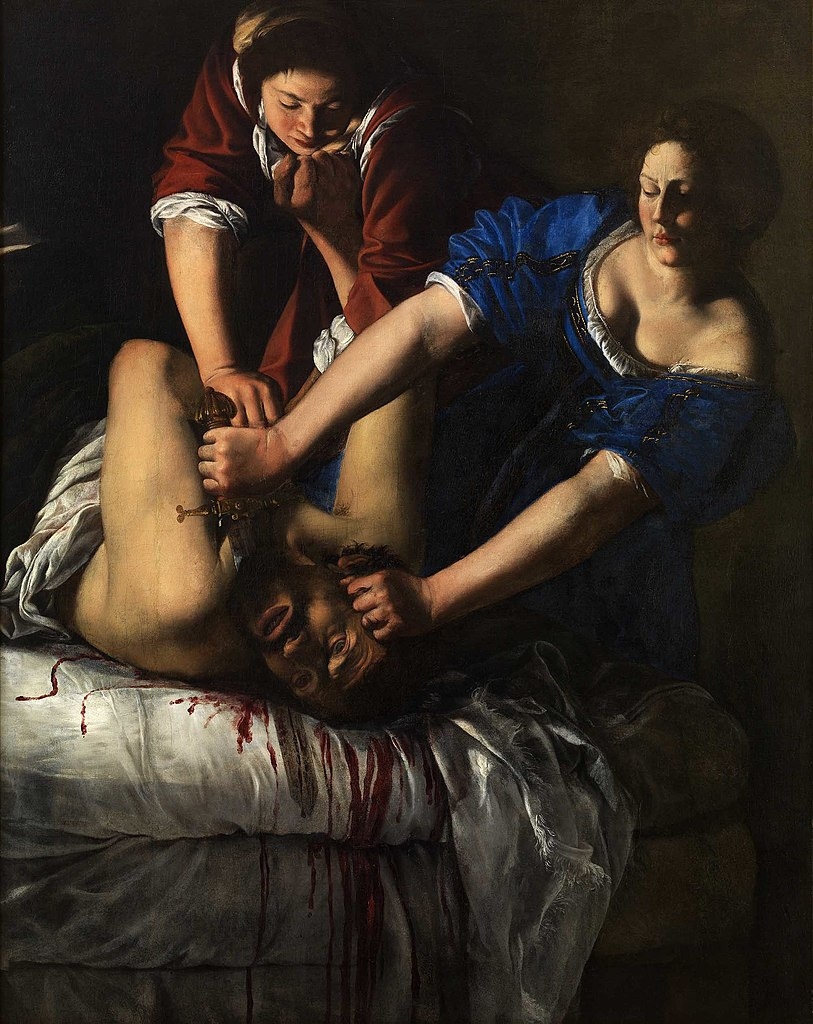
Scientists and art history scholars had known for decades that this picture was covered over by paint, but getting it uncovered would be a monumental task. Removing the paint without damaging the painting would require a lot of precision and care. Luckily, technology has a solution that doesn’t do any damage.
Who Was The Artist?
Artemisia Gentileschi (1593-1656) was an Italian Baroque painter known for her powerful and dramatic works, often depicting strong female protagonists. She endured personal and professional challenges but emerged as a celebrated artist, renowned for her skill in portraying complex emotions and her unique contributions to the Baroque movement. Her masterpieces, such as “Judith Slaying Holofernes,” continue to captivate art enthusiasts today.
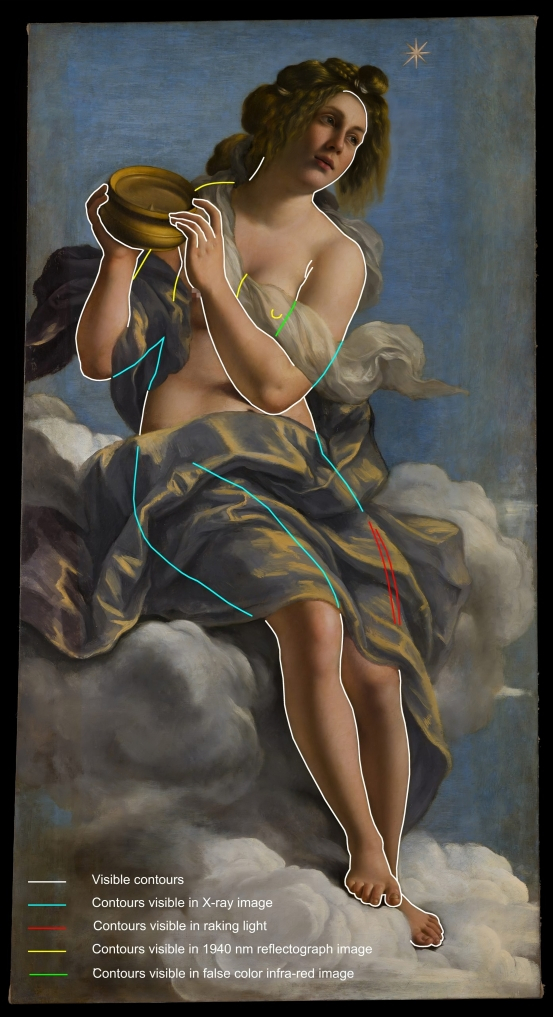
Artemisia Gentileschi’s early life was marked by her artistic training under her father, Orazio Gentileschi, in Rome. Her career flourished when she moved to Florence, where she enjoyed patronage from the Medici family. Her work displayed remarkable technical prowess and a distinctive use of light and shadow. Despite her era’s gender biases, Gentileschi’s art remains a testament to her resilience and talent.
Who Covered Up The Painting?
The painting “Allegory of Inclination” by Artemisia Gentileschi was covered up by another artist named Baldassarre “Il Volterrano” Franceschini a mere 50 years later. Franceschini concealed the artwork, which depicted a partially undressed figure, as it was considered scandalous at the time. It remained hidden for many years until its rediscovery and restoration in the 20th century.
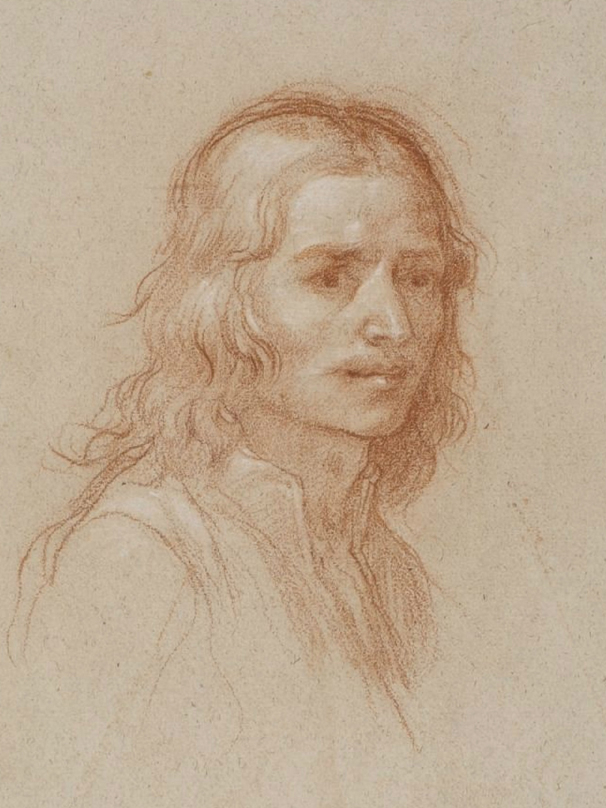
Franceschini was hired years after the original painting was done as its then-owner didn’t want to show off the undressed female form to his wife and children. As a result, the original work was covered over to preserve the sensibilities of Leonardo da Buonarroto (a nephew of the great Michaelangelo) and his family.
The Original Painting Was A Stunning Piece of Work
“Allegory of Inclination” is a captivating artwork depicting a sensuous and undressed female figure reclining on a fluff of clouds with a compass in her hands. Created in the Baroque style, the painting showcases Artemisia Gentileschi’s mastery of dramatic lighting and emotional intensity. Since it was housed in a church, it was deemed to be too lewd for public viewing.

The covering work was done to preserve the sensibilities of the time. It was done approximately fifty years after the original was painted. The oil paints used to cover the original painting set into it after all these years, making it almost impossible to remove the paint and leave the work underneath it untouched.
A Pregnant Young Artist With Her Shot For Glory
Gentileschi was in her early twenties and five months pregnant when she picked up the brush to start work on the “Allegory of Inclination.” This work launched her into the spotlight and made her into one of the superstars of Italy at that time. As word of her prowess spread, she was commissioned to do more work for highly respected individuals.
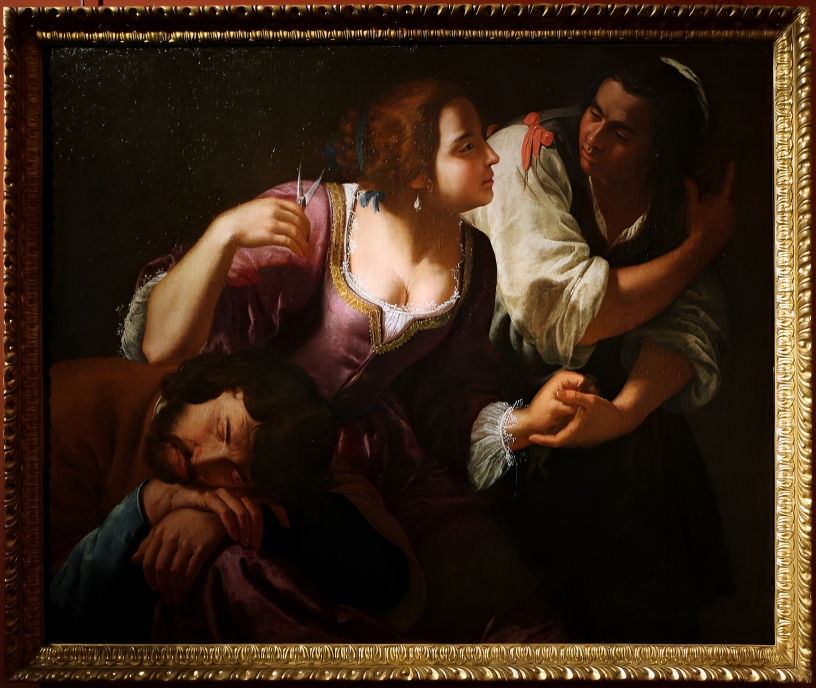
As a woman, her contribution to art at the time was mostly overlooked. Despite being such a talented and well-respected artist in her time, her work has been downplayed by generations since. The restoration was part of a project by Calliope Arts (a nonprofit focused on female artists of the past) to increase her profile and recognition in the wider world.
Modern Technology Unveils the Artwork
While we knew the painting was underneath the cover-up, it was difficult to uncover it. The technology used to reveal the picture is called infrared (IR) reflectography. This method bombards the image with infrared light, allowing us to see things about the painting that we’d normally never notice.
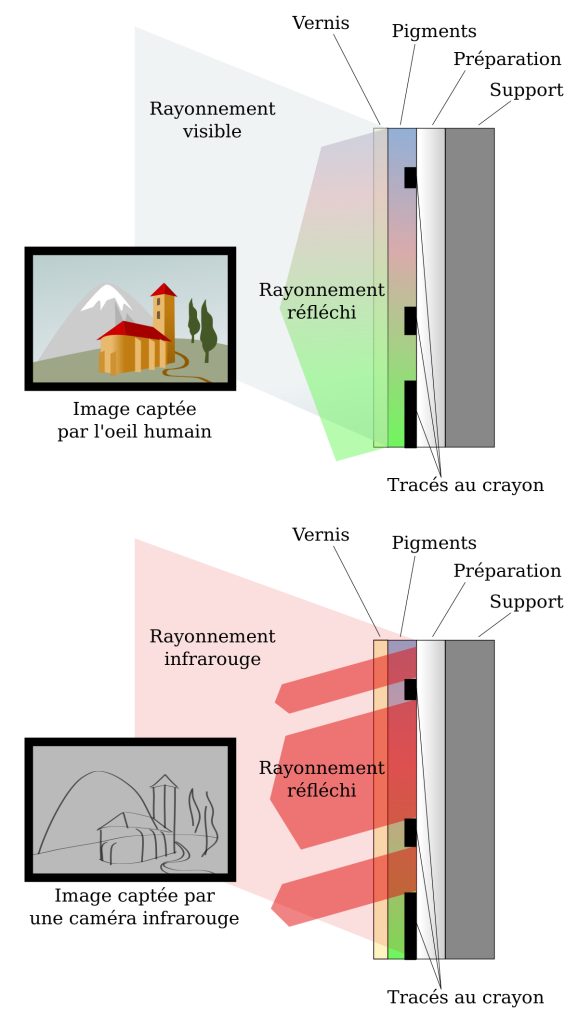
IR reflectography allowed scientists to peel away the layer of paint above the original artwork virtually. But it wasn’t the only technology used. Combining infrared, raking light, and X-rays, a virtual picture emerged that showed us the glory of Gentileschi’s work and how the cover-up was done in detail. However, there was still one huge problem.
Removing The Layer Above
Now that scientists could tell where the original work started, and the covering stopped, they’d need to remove that top layer. That’s easier said than done since it’s been over three hundred years since the covering was done. At this point, the paint layers were inextricably bonded with each other.
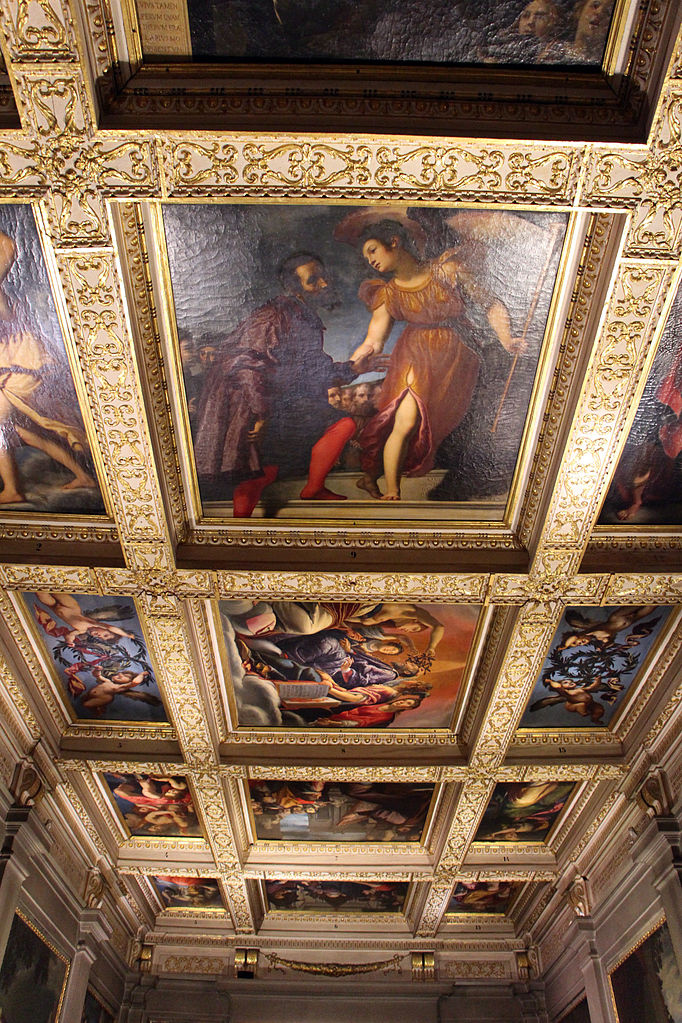
Restoration work starts with cleaning the painting and removing the grime from the layer above. In this case, doing so revealed the painting’s belly button for the first time in centuries and even a fingerprint potentially belonging to Gentileschi herself. The fingerprint mark was left while the paint was still wet, suggesting it was hers.
Additional Restoration Helped To Preserve the Painting
Usually, paintings are meant to hang on walls. During their construction, artists typically adopt measures that ensure that they remain visible for years. Even back then, methods were used to ensure that paintings had remarkable longevity. However, in this case, the picture was not hanging on a wall.
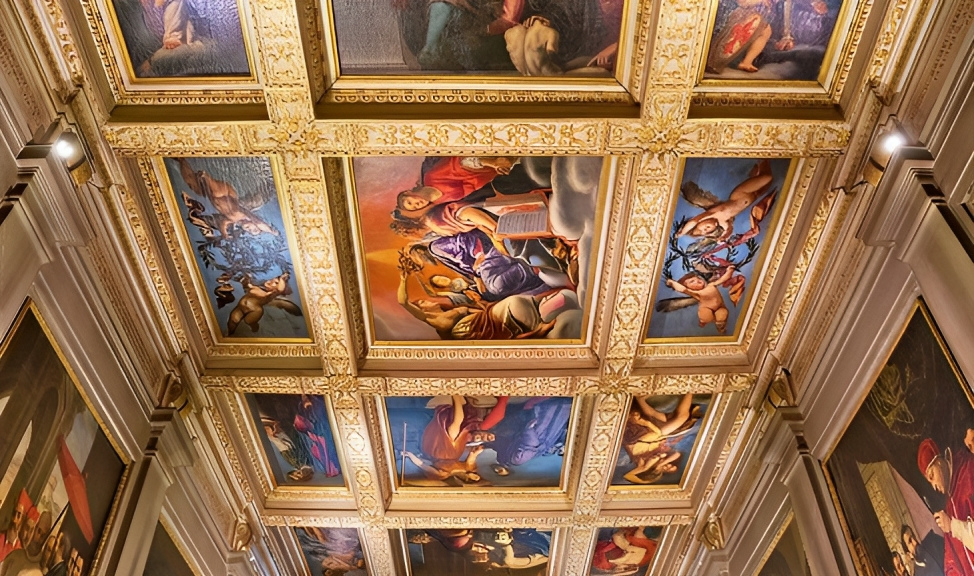
This masterpiece was suspended from the ceiling for over 400 years. Because of this, conservators had to add canvas to the existing painting’s borders to increase stability. This also helped to correct distortions of the canvas, which would occur because of the unconventional suspension of the picture.
A Grand Virtual Reveal
All of this work ensured that the edited painting in its current form wouldn’t get any worse. But what about uncovering the actual painting that lay beneath? Using IR reflectography, X-rays, and raking light, scientists were able to get sufficient evidence to reconstruct the image.

The image that was revealed was consolidated from existing data and used technology to fill in the actual picture that Gentileschi would have painted for Buonarroti. Tech could produce that image without damaging the original painting, something that would have unintentionally happened if they had tried to do the same in real life.
Pop Culture’s Fascination With Censored Artworks
People are captivated by censored art in pop culture because it has that irresistible, forbidden appeal. These artworks tend to push the boundaries of what’s socially acceptable, which piques our curiosity and draws us in. When censored pieces, such as Artemisia Gentileschi’s painting, are revealed to the world, it becomes a moment for everyone to wonder why they were edited in the first place.
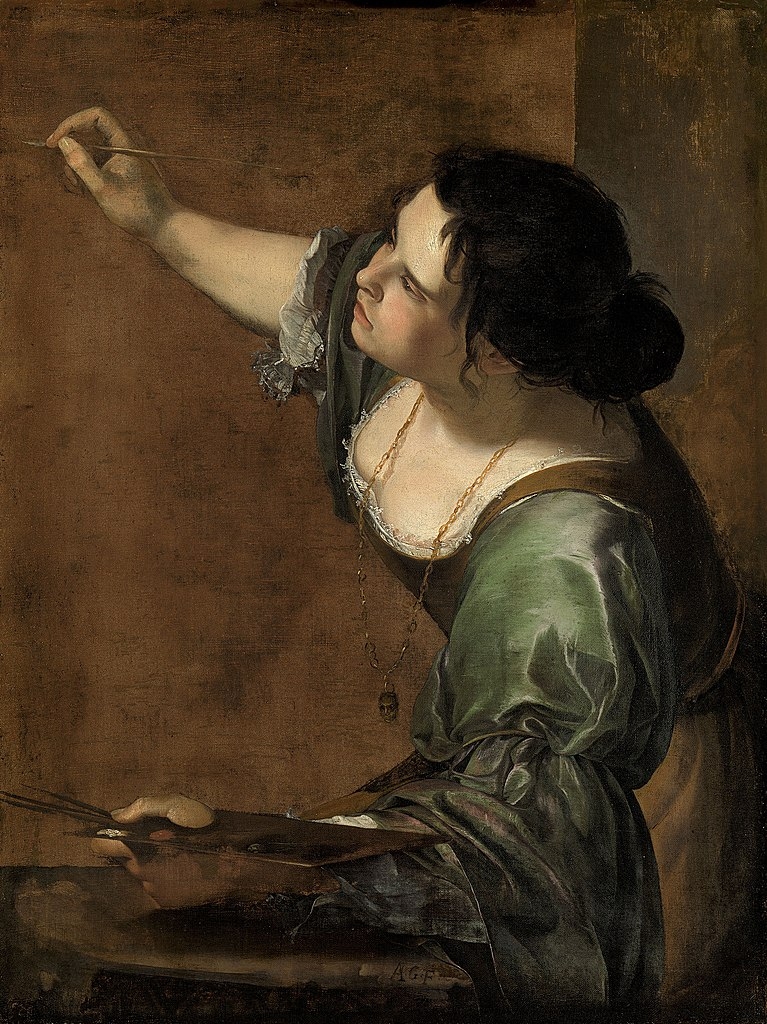
Art that comes to light in this way has the potential to change how we see the past and how we see ourselves. Without the dedicated efforts of scientists and art historians, we would still think that the painting was done with censorship in mind. Then, as now, the picture of a undressed woman can be taken as lewd. It’s all about how it’s seen.
A Reflection Of The Artist
One of the main reasons the painting we see is so powerful is because it’s an idealized version of Gentileschi herself. It’s a raw, uncensored image of how she sees herself as a woman and what it means to her. Naturally, that would be a problematic image to include in a man’s house.

Censorship in art and culture has changed since then, but not by much. Today, posting images on social media, no matter how artful it may be, could lead to a banning. No matter how much things change, some things don’t even after four hundred years.

